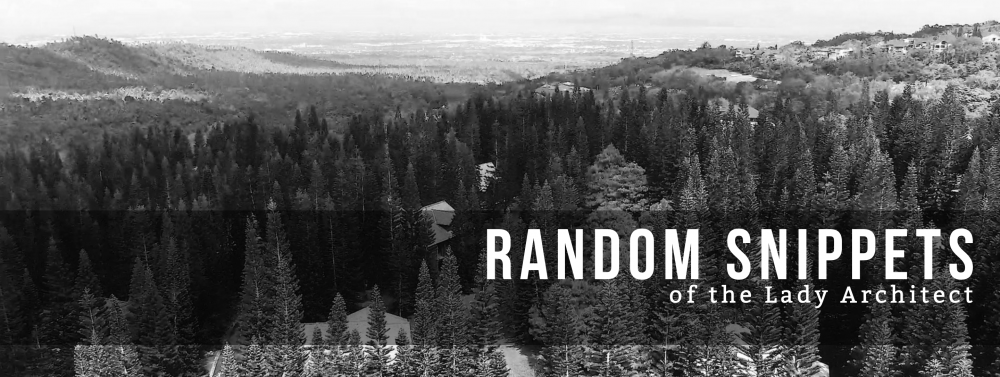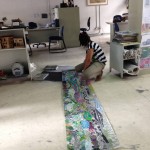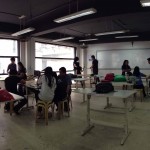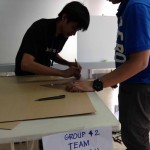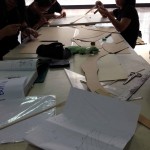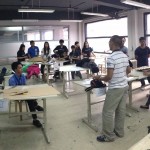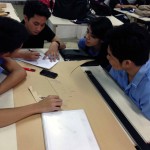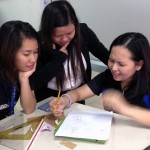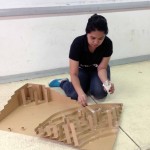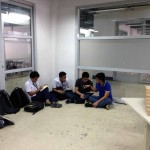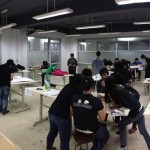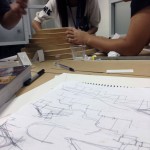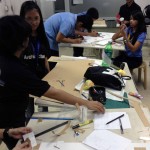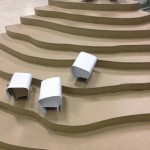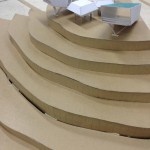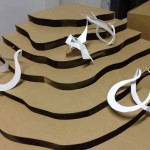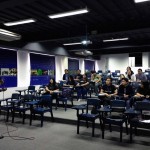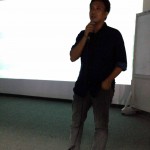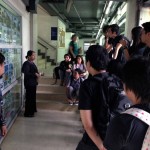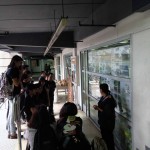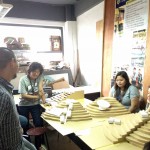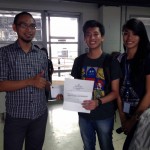Every year, the FEATI University College of Architecture celebrates the World Day of Architecture together with all the architects not only in the country, but globally. The theme for this year’s celebration is CULTURE-ARCHITECTURE because the UIA (Union Internationale des Architectes) believes that the link of architecture and culture are constant subject of analysis and discussion and that they hope to create new ideas of interpretation and illustrations of architects’ diversity, richness, imagination and capacity for invention through their designs and realizations. Globally, architects sees as October 7, 2013 to be the official date of WAD, however, COA decided to celebrate it on Sept. 19 and 20, 2013 since it coincides with the Final examination of the University. The college prepared a line-up of speakers to talk about Culture- Architecture: Philippine Architecture as a Living Culture: Arch. Walther Ocampo, Arch. Maundelito Florendo and Arch. Joel Rico.
Day 1. September 19, 2013
The College of Architecture faculty together with the speaker facilitated a whole-day workshop entitled “Mutation- The Survival of Architecture on the Age of Pluralism” conducted by Arch. Walther Ocampo. The students were divided into 5 groups that are comprised of 1st year to 5th year students. The challenge was to come up with a sketch model of the Ifugao Rice Terraces made up of packline boards and then conceptualize a design derived from a traditional Ifugao House. The students have to come up with a modern design of a Ifugao House but take into consideration to maintain the original functions of the house. At the end of the workshop, each group have to present their work and explain their design and concept in front of everyone.
Day 2. September 20, 2013 (morning activity)
The COA morning speaker for the day was Arch. Maundelito Florendo. Arch. Florendo, is a product of EARIST Sampaloc Manila. After a few years of practice in architecture, he entered the academe as an instructor in EARIST and Adamson University and then eventually became a Dean in EARIST College of Architecture. He is also a member of the EARIST Board of trustees. Apart from that, he is also the past president of UAP Arkizonian Chapter, now president of the PIA Quezon City Chapter president and also a lecturer at The Brown Bauhaus Studio Architecture.
Arch. Florendo discussed about the Rules 7 and 8 of the Revised IRR of PD 1096 or the National Building Code of the Philippines. The topic is very essential and timely to the students of architecture because it is one of the main subjects that is being tackled in the Architecture Board Exam. It was well- presented through a PPT presentation with step by step 2D and 3D analysis and showed a lot of mathematical computation on how to consider the lighting and ventilation system of the building, how to compute for the Maximum Building Footprint, Allowable Building Footprint, allowable building Heights and the likes. Upon discussing the data and computations, it was thoroughly explained to the students how proper lighting and ventilation affects a certain design solution with regards to building types, building requirements, design/ aesthetics and zoning.
Day 2. September 20, 2013 (afternoon activity)
The COA invited Arch. Joel V. Rico, fpia as the afternoon speaker for the WAD celebration. He is a practicing architect for 15 years and an architectural historian/author, with passion for Philippine heritage structures, history and restoration/conservation with outstanding skills in Architectural conceptualizing & designing, research and actual construction methods. He is a graduate of the National University in Manila (1993 and one of his prominent projects is the Ciudad Real de Acuzar or Las Casas Filipinas de Acuzar in Bagac, Bataan. He is also the national president of the Philippine Institute of Architects (2011-2013). Aside from being a practicing architect, Arch. Rico is also an instructor at De La Salle University-College of Saint Benilde.
Arch. Rico shared his topic “Reviving Heritage” to the students of COA some very insightful history of some of his projects he was able to work on, discussing the features and story behind each and every house. Passionate as he is in his field of specialization, he was able to impart to the students how he was able to start anew amidst the many controversies he went through at that time and taught them the value of reviving heritage.
The students were very inspired in hearing his stories about Philippine architecture and opened a new door of opportunity to not only go into design and construction but they realized there is also a career waiting for them in the field of architecture which is heritage restoration and conservation.
